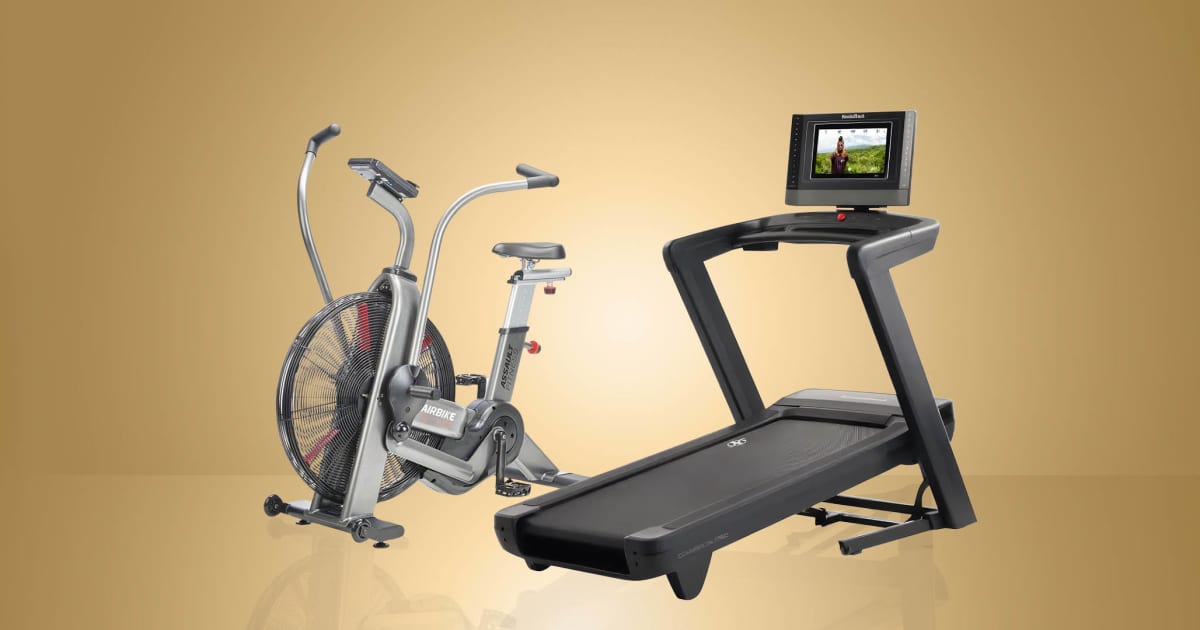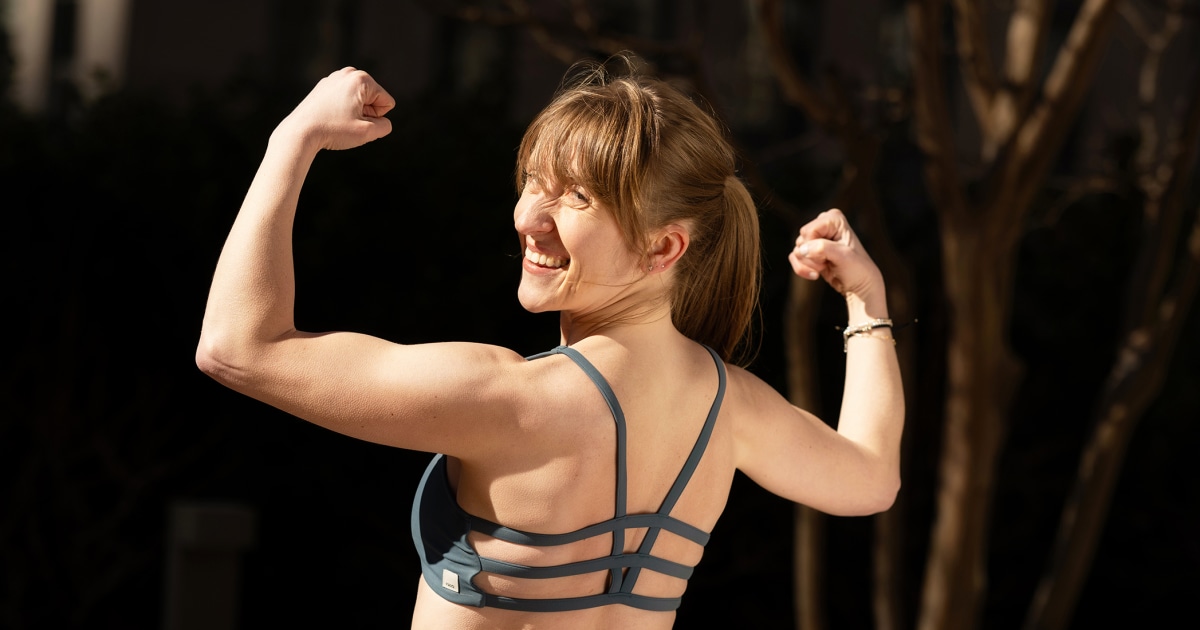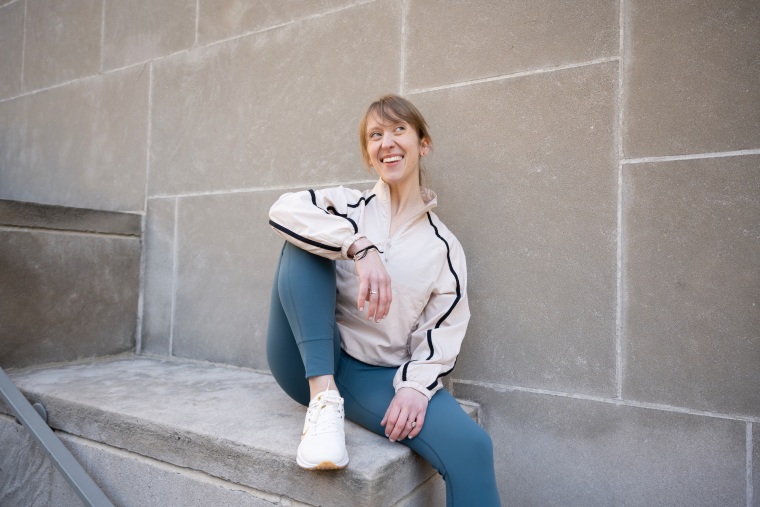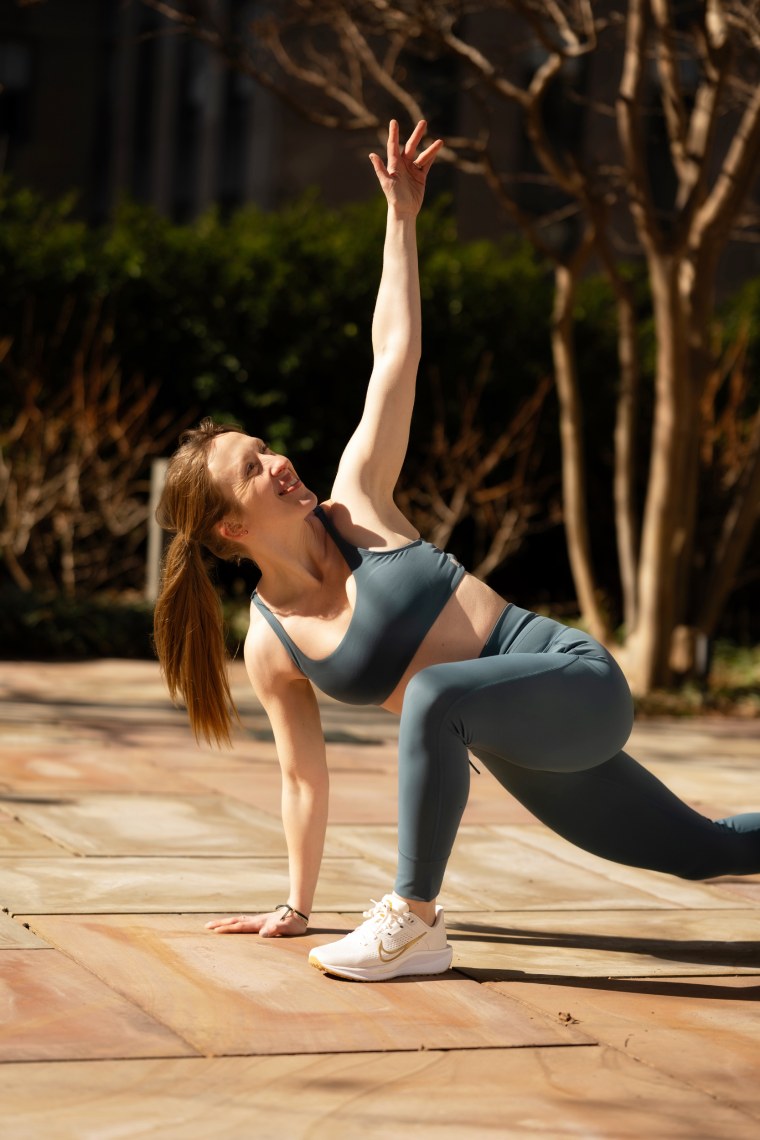Fitness
Best Black Friday Fitness Deals 2023

Black Friday is a great time to stock up on fitness essentials, whether for gifts—or for yourself. When the weather is too frightful to commute to the gym, having the right gear at home can help a lot. And, since quality gear—from treadmills to fitness trackers—usually requires a big investment, these sale items can mean big savings.
Fitness trackers
Whether you’re training for your next marathon or merely aiming to get your steps in while walking the dog, logging your activity is key. A great fitness tracker can help you take pride in your progress and enable you to set goals for the future. Check out these models on sale that made our list of the best fitness trackers.
Coros
Pace 2 Premium GPS Sport Watch
Garmin
Epix (Gen 2)
With its many sensors, this fitness tracker offers impressive stats for hiking and biking. You can load routes so that you can keep track of where you are and where you’re going next.
Apple
Apple Watch Series 9
Form meets function in the Apple Watch Series 9. Intuitive, responsive, stylish and great at fitness tracking, there’s little else you could ask for in a smartwatch.
Treadmills and bikes
Exercise machines can help you reach your fitness goals faster. And although the best treadmills and exercise bikes can be a big investment, timing your purchase to Black Friday sales can save hundreds. Here are the latest markdowns on our favorite big-ticket items.
Peloton
Bike
The original Peloton Bike combines great software and hardware for the best in-home cycling experience.
Assault Fitness
Assault Bike Elite
NordicTrack
Commercial 1750 Treadmill
Exercise apparel and more
For most of us staying fit comes with two big benefits—feeling good and looking good, too. From sneakers to leggings and sports bras, these duds will help you exercise in comfort and style.
New Balance
Fresh Foam 1080 v12, Women’s
New Balance
Fresh Foam 1080 v12, Men’s
PXG
Aloha 23 Lightweight Carry Stand Bag
Nalgene
Wide Mouth Sustain Water Bottle
A classic water bottle that’s the lightest we tested.
Apple
AirPods Pro (2nd Generation, USB-C)
The AirPods Pro have great sound and excellent noise cancellation paired with lots of Apple-friendly features.
The advice, recommendations or rankings expressed in this article are those of the Buy Side from WSJ editorial team, and have not been reviewed or endorsed by our commercial partners.

Fitness
Is This Muscle-Building Protocol All Hype? Here’s What You Need to Know.

IF YOUR MEDIA diet puts you into certain corners of the muscle-obsessed fitness internet, you know about lengthened partials. If you don’t immediately recognize the term, we’ll get you up to speed: Lengthened partials are fractional reps performed with the target muscle in its stretched position. Good examples of this include the lower half of a pullup or biceps curl. Rather than raising the weight (or your body, in the case of the pullup) up through the exercise’s full range of motion, you’ll only go to about halfway to the top. Why? Muscle researchers have found that in many cases, those half-reps can still yield growth.
Anyone plugged-in enough to be familiar with the concept has also likely heard all kinds of wild theories about the protocol: Lengthened partials should be used for any and all exercises, no one should ever do a full rep ever again, your gains will jump by exponential degrees by using this one magic trick—the list goes on. There’s a lot of noise out there about this approach, and MH experts are trying to cut through it in our recent Strong Talk discussion.
“The problems with [the conversation around lengthened partials] right now is everyone’s trying to research every muscle,” said exercise physiologist and strength and conditioning coach Dr. Pat Davidson. Davidson was dismissive of some of the studies surrounding the protocol, as researchers seem to be approaching the topic both broadly in, terms of the muscle groups being tested, and with a limited scope of focus for the experiments. “They don’t give enough time and the stimulus is just kind of weird in some of these things. It’s going completely overboard.”
Fitness
As a woman, I used to be afraid of lifting weights. Now, I’m proud to be ‘jacked’

A childhood with an emphasis on skinnyI have no recollection of the term “strength training” growing up. I entered high school in 2006 and threw myself into cross-country running, where slender was the ideal body type. The petite stars of “The Hills” and “Gossip Girl” covered CosmoGirl and Seventeen next to “get bikini-ready” headlines, and judges on “America’s Next Top Model” scrutinized women’s bodies on national TV.
Instead of weight-lifting, I was focused on squeezing into a pair of low-rise jeans from Delia’s.
The only time I recall lifting a weight as a teen was on a gym date with a guy from school. He showed me how to do a barbell bench press and dripped sweat on me while spotting me.
If this was a woman’s experience trying to lift weights, I wanted nothing to do with it. Plus, with no resources or role models showcasing the benefits of getting strong, I assumed that it only led to a muscular upper body, the total opposite of what I was seeing in my magazines.
The truth is strength training can improve bone, heart and brain health, boost your metabolism, preserve quality of life as you age, reduce the risk of disease and more. But even if I knew all this when I was younger, I still probably would’ve avoided it, given the mental images strength training conjured.
One of the first-known female pioneers in weightlifting was Abbye “Pudgy” Stockton, credited for popularizing Santa Monica’s Muscle Beach with her husband in the 1930s and ‘40s, per the Los Angeles Times. But it wasn’t until the ‘80s that women and weightlifting become more mainstream, after Arnold Schwarzenegger put bodybuilding on the map when he appeared in the 1977 documentary “Pumping Iron,” per the New York Times.
From there, Lisa Lyons, Carla Dunlap, Rachel McLish and more bodybuilders emerged in the ’80s, and before long, gyms were turning co-ed.
Fast-forward to the 2000s, and at-home DVD workouts that focused on building strength became bestsellers, like Tony Horton’s P90X and Jillian Michael’s “Shred” workouts. CrossFit also rose to stardom and introduced women and men alike to strength training (with some injuries along the way).
By 2010, when I started college, I still didn’t see myself in strength training. Doing a workout DVD in my dorm room wasn’t practical, and CrossFit felt beyond my skillset. After I gained the freshman 15, I became hawk-eyed on weight loss. My senior year, I picked up running again, and after graduation, I ran my first half marathon.
After the race, when I combed through professional photos, one caught my attention. I thought my arms looked strong. I purchased it and made it my profile picture on Facebook. Years later, friends and family told me that photo concerned them because of how thin I was.

In 2017, I started working as a social media editor at a health and fitness magazine, and I wrote a before-and-after about my 40-pound weight loss dating back to college. After it published, I did what all the editors warned me not to: look at the comments. It was a mixed bag, but one that bluntly stated I looked better in the before image burned into my mind.
I got into the New York City Marathon that same year, so I added more miles to my runs. I ignored advice that I should cross-train and stuck to hitting the pavement, with the occasional spin or Barry’s class. I was all in on legs, and that seemed to work for me up until that point — why would I do otherwise?
I kept running, with the perception that beauty and skinny went hand in hand.
A gateway into strength training
When the pandemic hit in March 2020, my now-husband, Sam, and I retreated to his parents’ for a few months. At first, running was my sanctuary, but it became lonely. I turned to social media and joined live workouts led by fitness instructors and studio owners.
In no time, I was doing one or two a day in the basement that became my makeshift gym. I started sharing workout reviews on my Instagram to help others looking for a sense of semi-normalcy.

Some classes encouraged using weights, and my future father-in-law had a set of adjustable iron-plated dumbbells. “I’ll just use the 5-pounder,” I thought to myself. I never increased the load, but choosing to reach for anything was new for me.
Around the same time, thought of teaching fitness crept into my mind. While we were hunkering down, I yearned to progress forward, so I enrolled in an online course to become a certified group fitness instructor in July 2020. I shared the news on Instagram with a flex.
Fitness
Do you know that for every hour you exercise, you can add up to 3 hours to your life? – The Times of India

Enough has been said about the benefits of exercise. 30 minutes of exercising everyday is known to have long-term health effects, including lowering your BP, better cardiovascular health, and even weight loss. However, do you know that for every hour you exercise, you can actually increase your lifespan by three hours? Yes, you heard that right!
Exercise, and live longer
Dr. John Scharffenberg, a professor of nutrition at Loma Linda University in California, shared some tips for living a longer life in a YouTube video. At the remarkable age of 100, the centenarian shared that one of the biggest tools to live longer is exercise, and for every hour you exercise, you add three hours to your life. He also mentioned that while exercise is important at every age, you must definitely exercise between the ages of 40-70, as your body start to degenerate at 40.

Here are some more tips that he added:
Tobacco: The doctor outlines the dangers of tobacco, known since the 1964 Surgeon General report. He said that when it comes to Alzheimer’s, it has an extremely small percentage of tobacco users. That is because tobacco users do not live long enough to get any chronic disease later on.
Alcohol: Following closely on the heels of tobacco is alcohol. Dr. Scharffenberg said that especially for women, alcohol increases the chances of getting breast cancer. He also added that while earlier studies claim that two drinks a day for men, and one drink a day for women was probably safe, new studies refute that, and add no amount of alcohol is safe.
Exercise: As mentioned earlier, Dr. Scharffenberg is a huge advocate of exercise, and recommends it everyday. He adds that even if someone is obese and exercises everyday, he will still outlive a person who is thin, but does not exercise. And, while a lot of people think that 40 is the age to slow down, on the contrary, one should start exercising the most from this age, upto the age of 70.
Smoking: At one point of life, smoking will kill you, says Dr. John Scharffenberg. It could be at 40 or 60, depending on how long you have been smoking. And unlike alcohol, on which debate is sketchy, there is no debate on smoking – even 1 cigarette is not recommended.

Diet: Dr. Scharffenberg largely recommends a vegetarian diet, with an occasional lean meat here and there. According to him, “The optimum diet is the vegetarian diet. Everybody should know this. It’s not something unusual.” He notes that top scientists advised the U.S. government in 2015 that a vegetarian diet is among the optimal dietary patterns, as it can help reduce the risk of age-related diseases.
This apart, Dr. Scharffenberg recommends low consumption of sugar, reducing fat intake, and other lifestyle changes that can make you live longer.
-

 Movie Reviews1 week ago
Movie Reviews1 week agoFilm Review: Rachel Zegler is the Best Part of an Otherwise Dull Remake of ‘Snow White’ – Awards Radar
-

 Education1 week ago
Education1 week agoICE Tells a Cornell Student Activist to Turn Himself In
-

 Politics1 week ago
Politics1 week agoEXCLUSIVE: Groundbreaking new prayer book designed for demographic most targeted for abortion
-

 News5 days ago
News5 days agoTrump Is Trying to Gain More Power Over Elections. Is His Effort Legal?
-

 News1 week ago
News1 week agoShooting at Park in New Mexico Leaves at At Least 3 Dead and 16 Injured
-

 News7 days ago
News7 days agoWashington Bends to RFK Jr.’s ‘MAHA’ Agenda on Measles, Baby Formula and French Fries
-

 News1 week ago
News1 week agoDismantling the Department of Education will strip resources from disabled children, parents and advocates say | CNN
-

 News1 week ago
News1 week agoLeft-Wing Democrats Wait on AOC’s Decision as They Look to 2028 Election
















